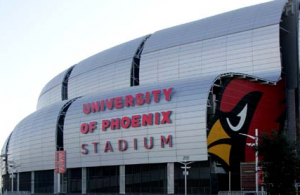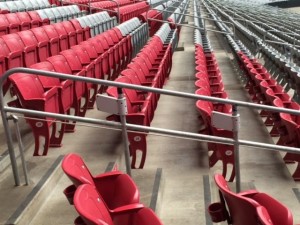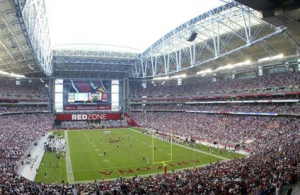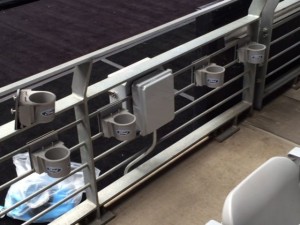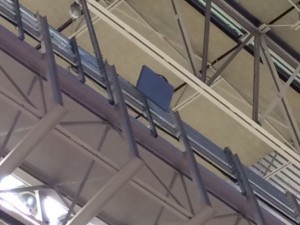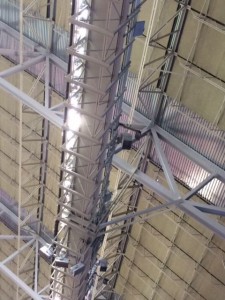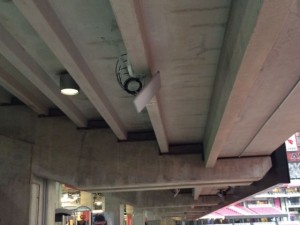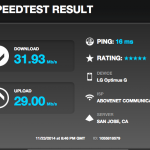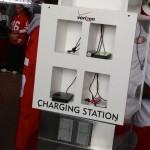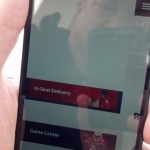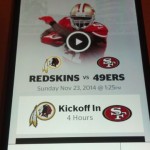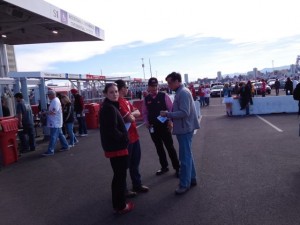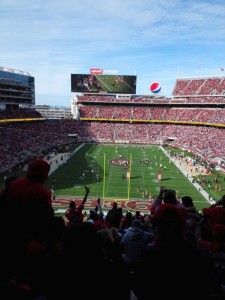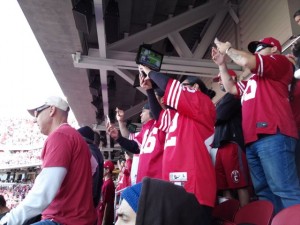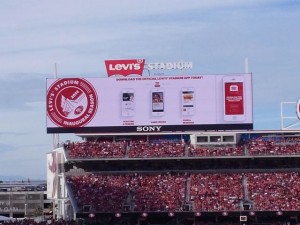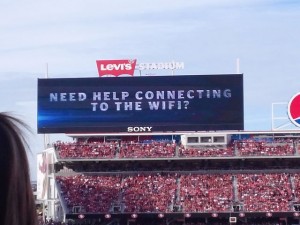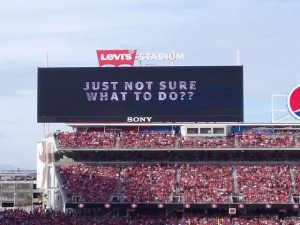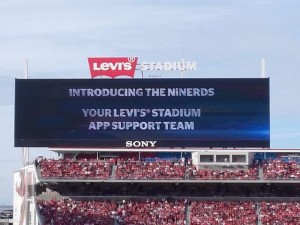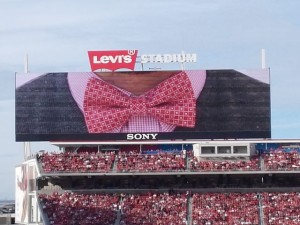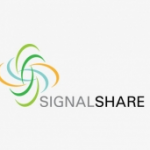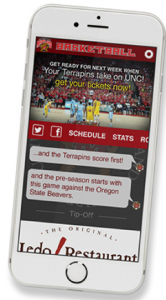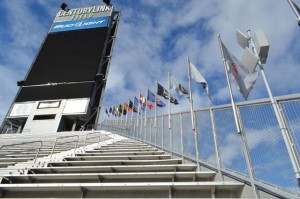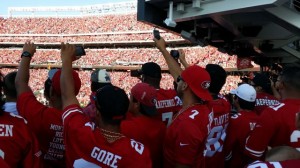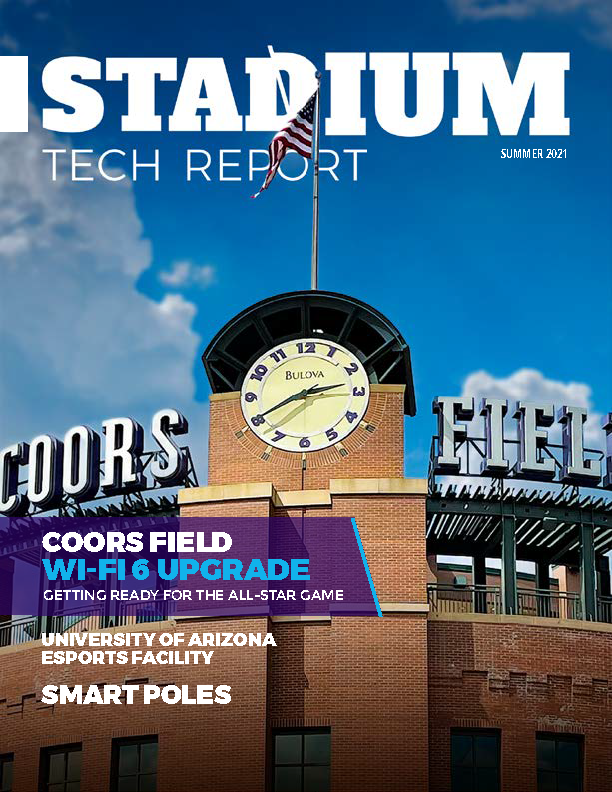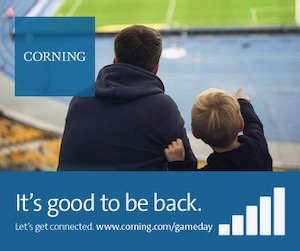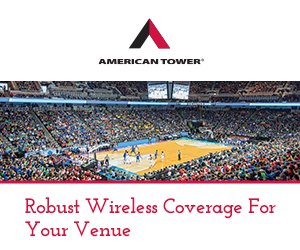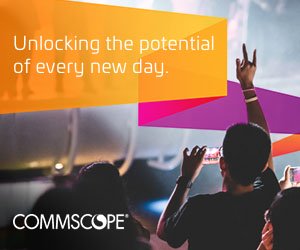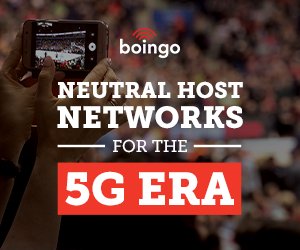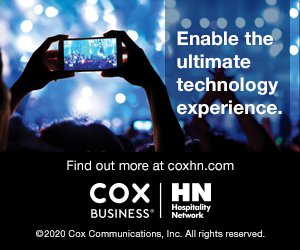Sports stadium app developer YinzCam, the Pittsburgh-based concern that has numerous app development wins across the NFL, NBA and NHL, scored a big entree to the collegiate market with a deal that makes YinzCam the “preferred supplier” of mobile apps for Learfield Sports, the giant marketing firm that sets up media, sponsorship and promotional deals for many of the nation’s top universities.
In a press release announcing the deal, Learfield said YinzCam would become a preferred solutions provider for the nearly 100 colleges and conferences Learfield represents — a list that stretchs alphabetically from the Alabama Crimson Tide to the Xavier Musketeers — as well as for the 750 college programs that use Learfield subsidiary Sidearm Sports‘ digital production services for websites and other sports-related content.
While YinzCam has already scored several college-app development deals thanks to its NFL experience (like the recent Baylor University app and a forthcoming app for Texas A&M University), YinzCam founder and CEO Priya Narasimhan said the Learfield deal could provide a far more rapid expansion path into the university mobile-app market.
While we are working on a much deeper in-depth profile of YinzCam — coincidentally, we just finished a long (and long in planning) interview earlier this week with the always-busy Narasimhan, who provided some background information on how YinzCam has basically come from nowhere to leading the stadium mobile-app development field in its 5 years of existence. One thing we’ve always wondered about is how a 30-person company in Pittsburgh is able to develop apps for 20 NBA teams and 25 NFL teams, among its 91 customers. The secret? Automation.
According to Narasimhan, YinzCam is able to scale well because it automates most of its core app functionality — for instance, when it comes to making replays available to the mobile device, Narasimhan said a YinzCam algorithm breaks down the video feed, instead of having someone doing the task by hand. Narasimhan also said that the company uses all its clients as a kind of crowdsourcing idea pool, and quickly shares any new innovations with all existing clients. Narasimhan also said that YinzCam’s core app has “well documented third-party guidelines” for integrating outside feature-apps like ticketing and seat upgrade programs, which can then be melded into an overall YinzCam-produced team app.
One final YinzCam nugget for now:
— Where did the name come from? Narasimhan says YinzCam is a mashup of the Pittsburgh term “You ones” (a linguistic equivalent of the Southern “y’all”), which when pronounced quickly in a Pittsburgh accent sounds like “Yinz” and “camera” for the personal video the app supplies.
Stay tuned for more on YinzCam and the Learfield deal…
